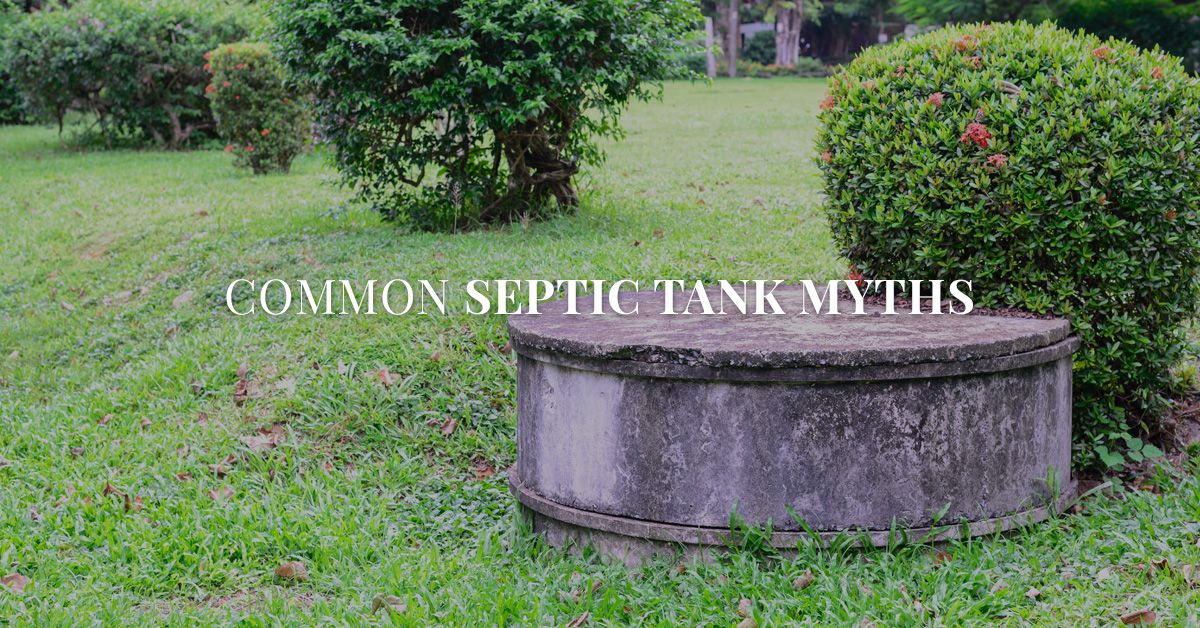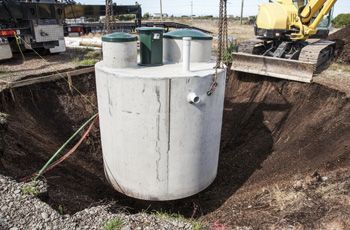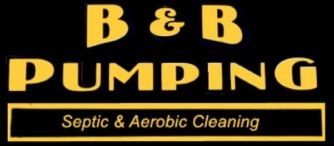Your home’s septic tank may be one of the most mysterious parts of your daily life. You know it’s there, buried somewhere in the yard, full of unspeakable substances, but unless you work with B & B Pumping, you might not really know what it does and how it does it. You’re not alone in not really knowing much about your septic tank. In fact, people generally know so little about their septic systems that there are a lot of myths that have cropped up as a result.

Common Septic Tank Myths
B & B Pumping

Smashing Septic Myths
We don’t want your septic system to experience any issues. Ideally, we want your tank to quietly operate in the background of your life so that you never have to think about it. Read through these myths, and make sure you aren’t falling for these falsehoods.
It Costs Less to Repair Your Tank Than to Pump It
We all look for ways to cut corners and save a few extra bucks here and there, but septic tank maintenance is one thing you should never cut corners on. This myth stems from the regular cost of a septic tank pumping. Roughly every three to five years, your system will need to be pumped, and because you do this so infrequently, you might be surprised by the cost. However, if you think the cost of pumping your tank is pricey, just ask us about how much major septic tank repairs can run you. Trust us, the few hundred you spend every few years pales in comparison to the few thousand you’ll spend repairing your septic system should it fail.

Your Septic Tank Needs Chemical Additives
We often hear from new customers that they care for their septic tank by flushing various chemicals and additives into the tank every now and then. While we appreciate their willingness to care for their septic tank, there’s no real need for adding more chemicals to it. The human body does a surprisingly good job of breaking down the nutrients we put into our body using the naturally occurring enzymes in our stomachs. Some of these enzymes are also flushed out of our systems every time we relieve ourselves, meaning that our tanks have some of these enzymes in them to help break down any solid waste. There’s no need to add any chemicals, and in fact, the Environmental Protection Agency would prefer it if you didn’t!
When You Need to Pump Your Septic Tank
When it comes to arranging to have your septic tank pumped, many homeowners feel that it’s a matter of guesswork as to when it needs to be pumped. “We’ll get it pumped when it’s full,” they say. But the fact is that with regular use, a septic tank can be filled with fluid in a matter of days. Rather than look at the water level of your septic tank, it’s important to look at the level of the solids in the tank. We can determine how much solid waste is built up in your septic tank by performing a sludge reading. This tells us how much material is in the trash tank and the pump tank. Typically, we suggest that homeowners arrange a septic tank pumping every three to five years to be safe.
It’s OK to Build on Top of Your Septic Tank
Since septic tanks are buried in the earth, many homeowners believe that it’s ok to build structures on top of their tanks. But building on top of your tank can cause many issues. The most obvious is that it limits the access to your various tanks and compartments. This can prevent one of our specialists from being able to easily pump your system. Additionally, putting a structure on top of your tank can prevent oxygen from filtering into the ground. Your drain field needs oxygen to naturally treat the wastewater in the tank. Try to avoid putting or building anything on top of your septic system.
B&B Pumping Offers Mythic Service
Now that we’ve dispelled some of these myths, we hope you know your septic system a little better. If your septic tank is in need of maintenance or pumping, make sure to give us a call. We’ll send one of our septic specialists out to your home and treat you to our legendary customer service. Contact us now! We proudly serve folks throughout Fort Worth, Decatur, Azle, Haslet, and Weatherford — feel free to take a look at our service area.

